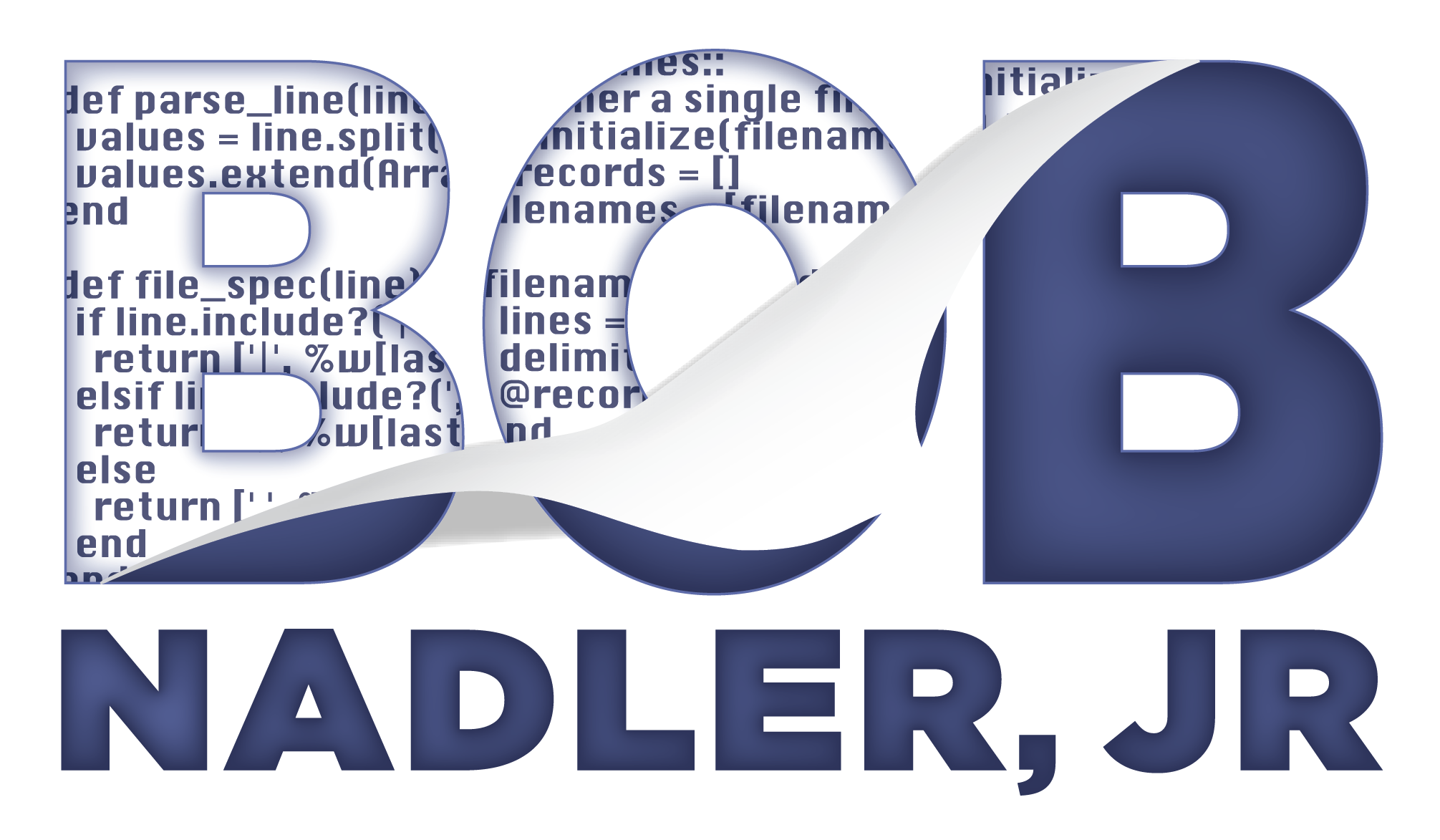
Want to improve the quality of your Git commit messages? Here's a quick tip: don't rely on the -m flag when writing the message.
Over the years I've noticed something about the people I worked with that wrote great commit messages. None of them relied on the -m flag. Instead they used their configured $EDITOR (or IDE) to write the message.
Here's what I mean. Most people I've seen write their commit messages using the -m flag like this:
git commit -m "User name is no longer required"
There's another way though, if you have an $EDITOR configured and omit the -m flag, Git will open your configured $EDITOR with a diff of the changes like this:
git commit
# Please enter the commit message for your changes. Lines starting
# with '#' will be ignored, and an empty message aborts the commit.
#
# On branch main
# Your branch is up to date with 'origin/main'.
#
# Changes to be committed:
# modified: lib/gql_example/user.rb
#
# ------------------------ >8 ------------------------
# Do not modify or remove the line above.
# Everything below it will be ignored.
diff --git a/lib/gql_example/user.rb b/lib/gql_example/user.rb
index 42382f8..df64a0d 100644
--- a/lib/gql_example/user.rb
+++ b/lib/gql_example/user.rb
@@ -17,7 +17,7 @@ module GqlExample
def validate
super
- validates_presence %i[email name]
+ validates_presence %i[email]
validates_unique :email
end
In the above example, I've specified vim as my $EDITOR, but this also works with other editors and IDEs. As you can see, I get a place for my commit message at the top, and a diff of my changes at the bottom. Now I can add my message:
User name is no longer required
Since we're changing the navigation bar to include the user's email instead of their name, we no longer need to require their name.
# Please enter the commit message for your changes. Lines starting
# with '#' will be ignored, and an empty message aborts the commit.
#
# On branch main
# Your branch is up to date with 'origin/main'.
#
# Changes to be committed:
# modified: lib/gql_example/user.rb
#
# ------------------------ >8 ------------------------
# Do not modify or remove the line above.
# Everything below it will be ignored.
diff --git a/lib/gql_example/user.rb b/lib/gql_example/user.rb
index 42382f8..df64a0d 100644
--- a/lib/gql_example/user.rb
+++ b/lib/gql_example/user.rb
@@ -17,7 +17,7 @@ module GqlExample
def validate
super
- validates_presence %i[email name]
+ validates_presence %i[email]
validates_unique :email
end
The above example is a made up change, but you get the idea.
When I began writing my commit messages this way, I started to receive feedback about how more useful my commit messages had become. I think it was for several reasons.
First, by using my $EDITOR I had a diff I could easily refer to when writing the message. This helped me make sure I wasn't forgetting anything important about the changes that were made.
Second, and more importantly, it allowed me to focus on the the most important question a git commit message should answer. It became easy for me to see when I was parroting what the changes (since I could see them in the editor) were in the message instead of why I was making them.
Have you tried switching from -m to using your $EDITOR for Git commit messages? Share your experiences and tips below!
